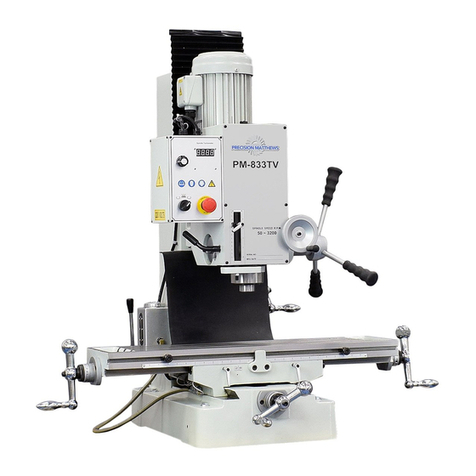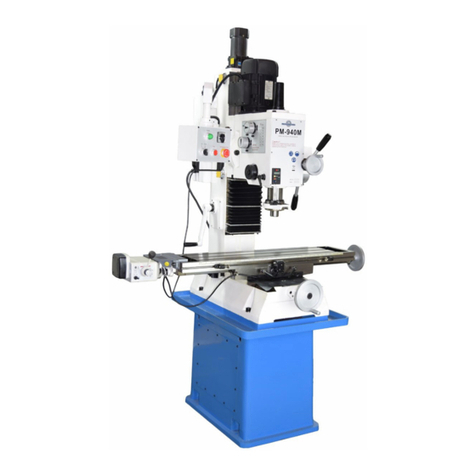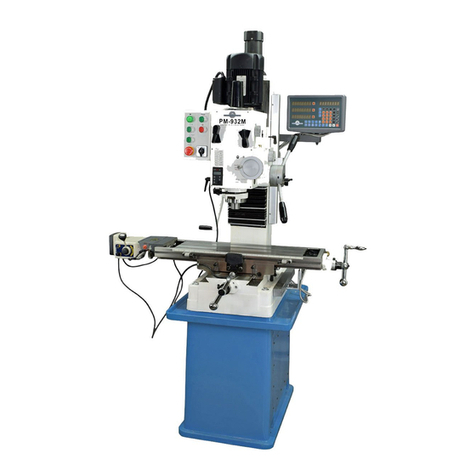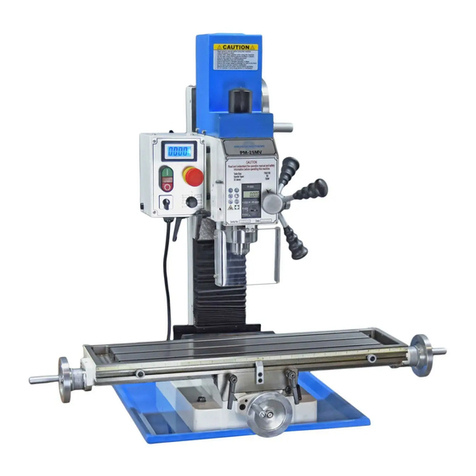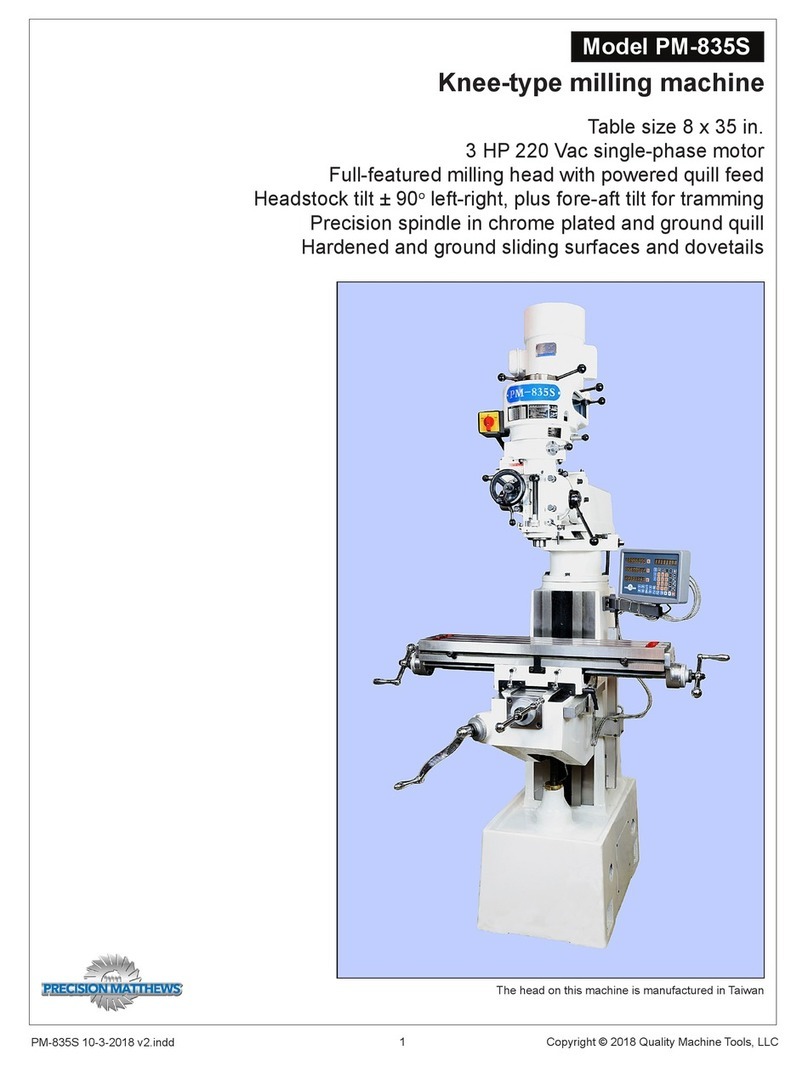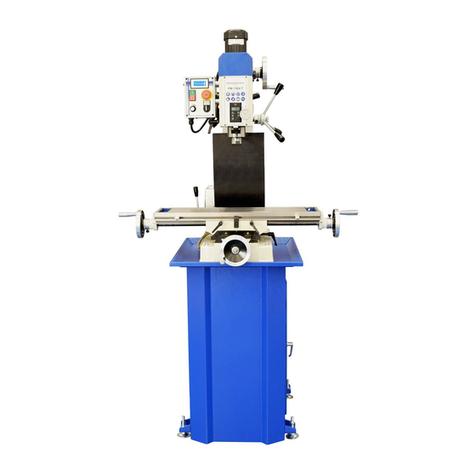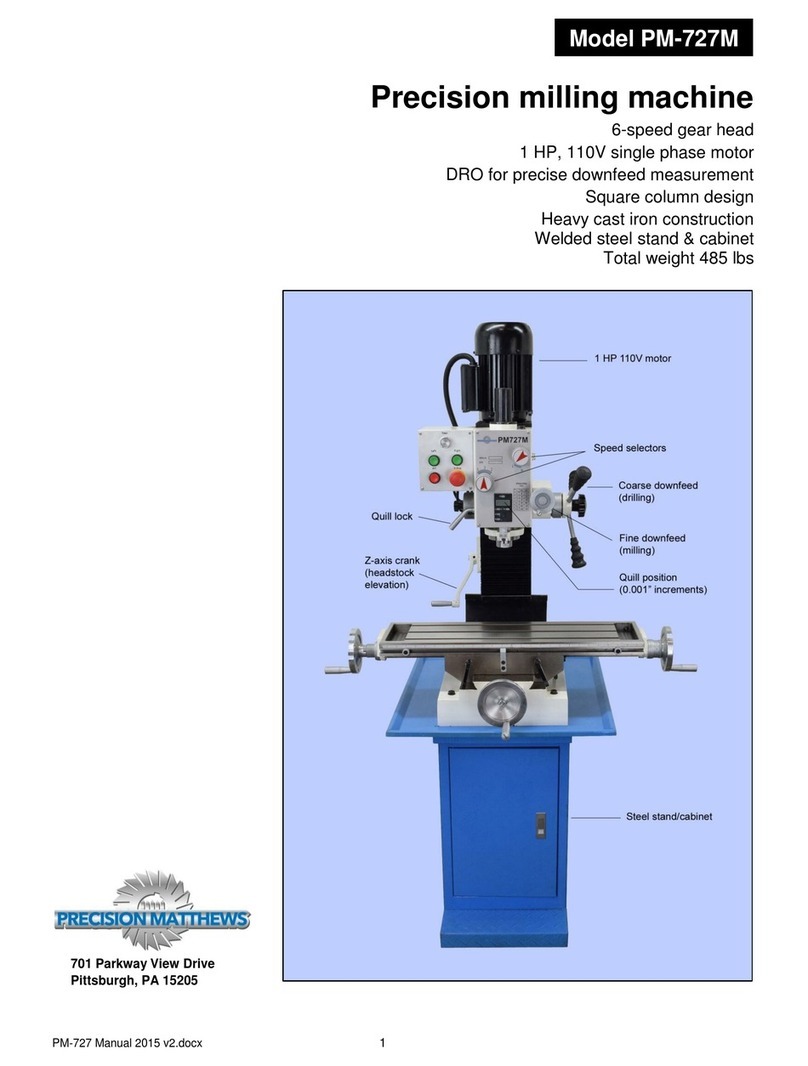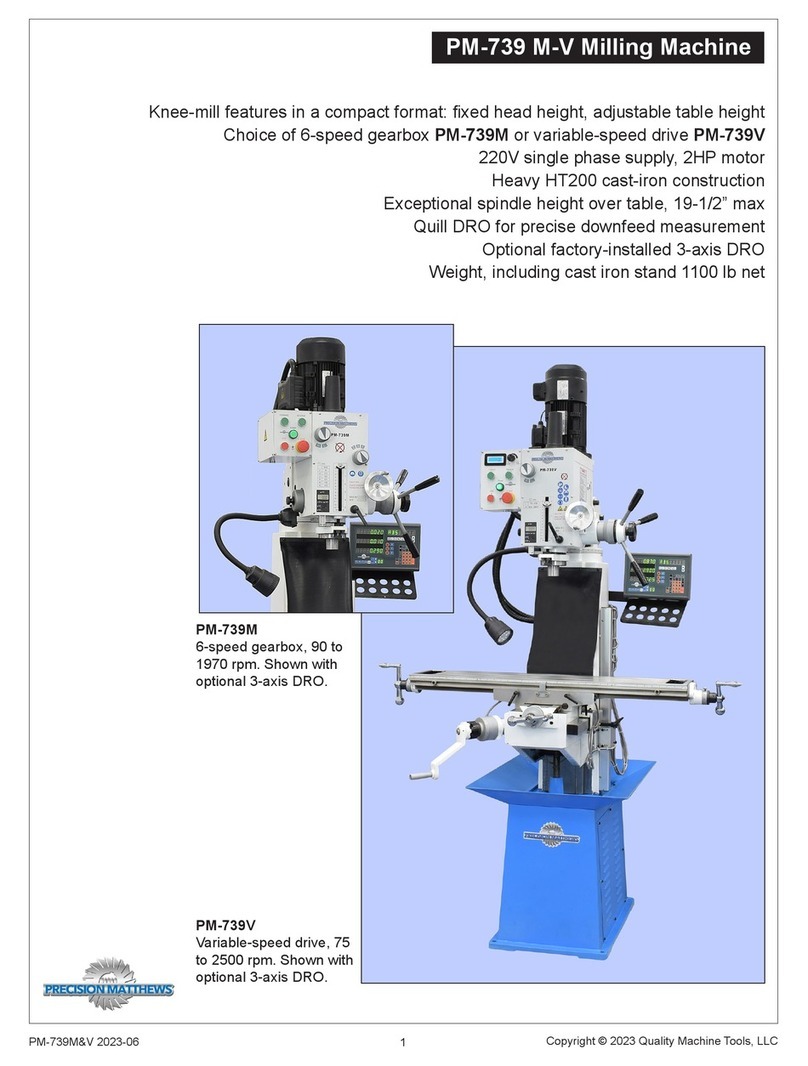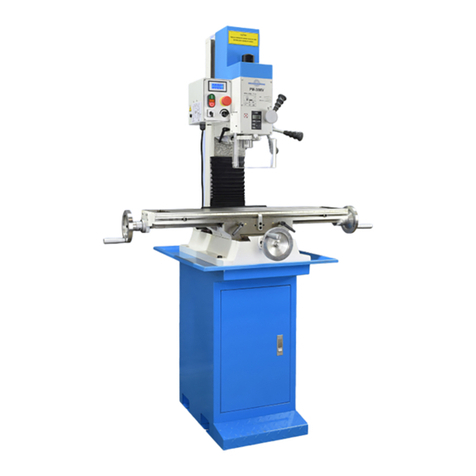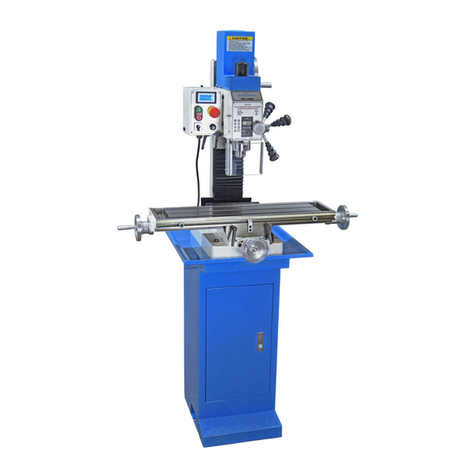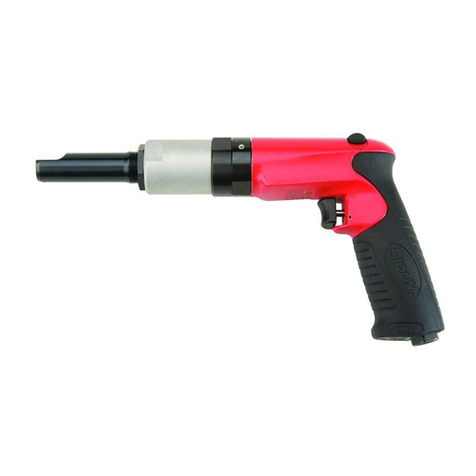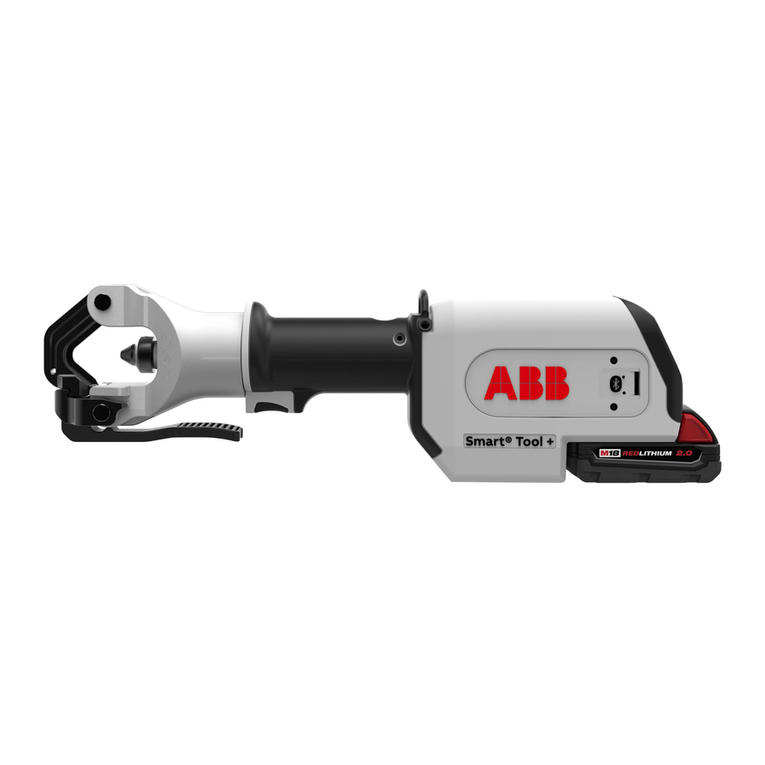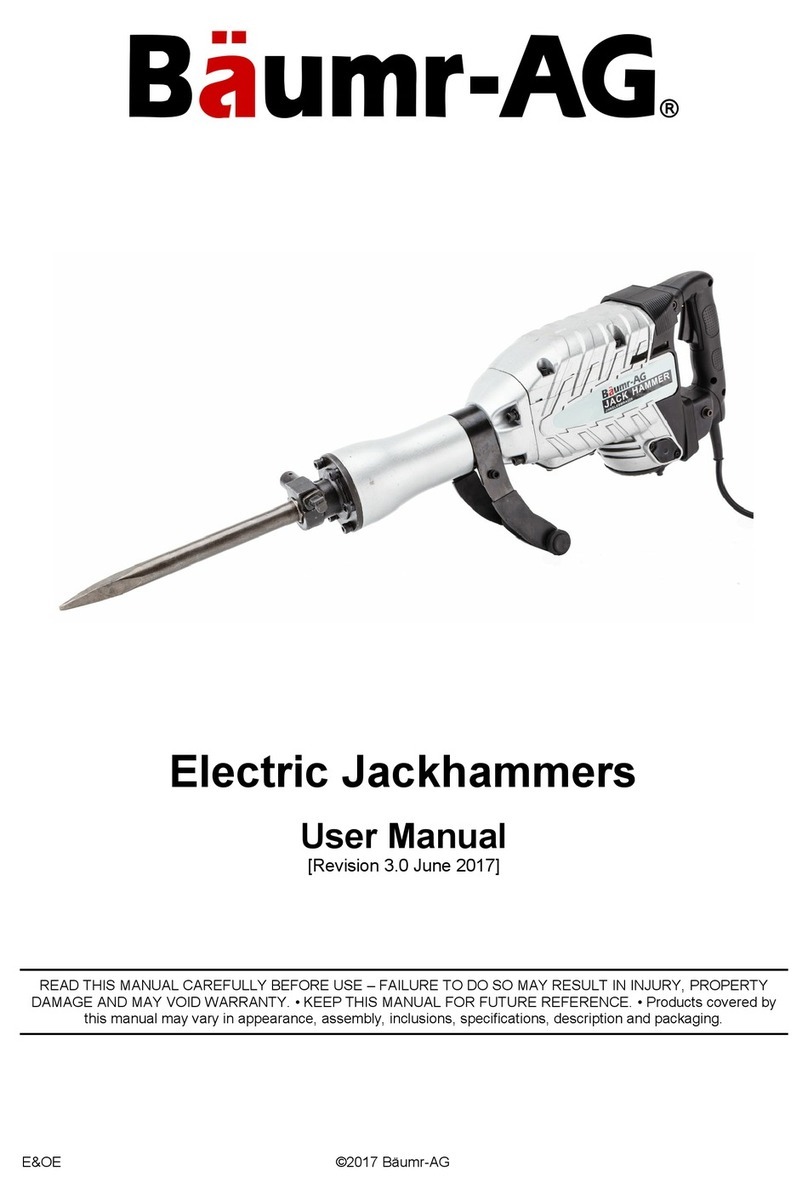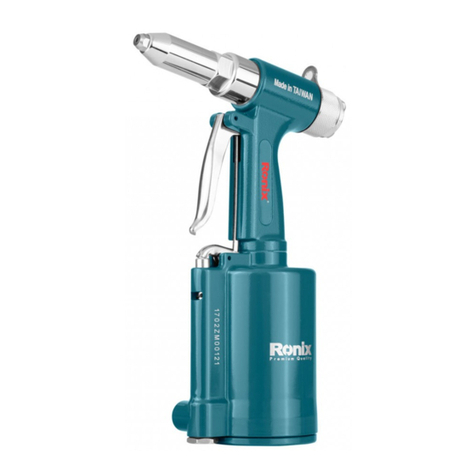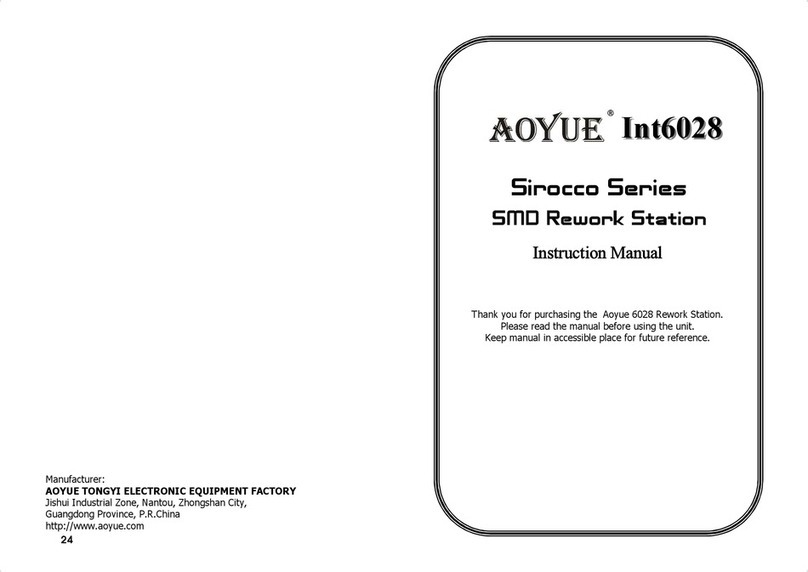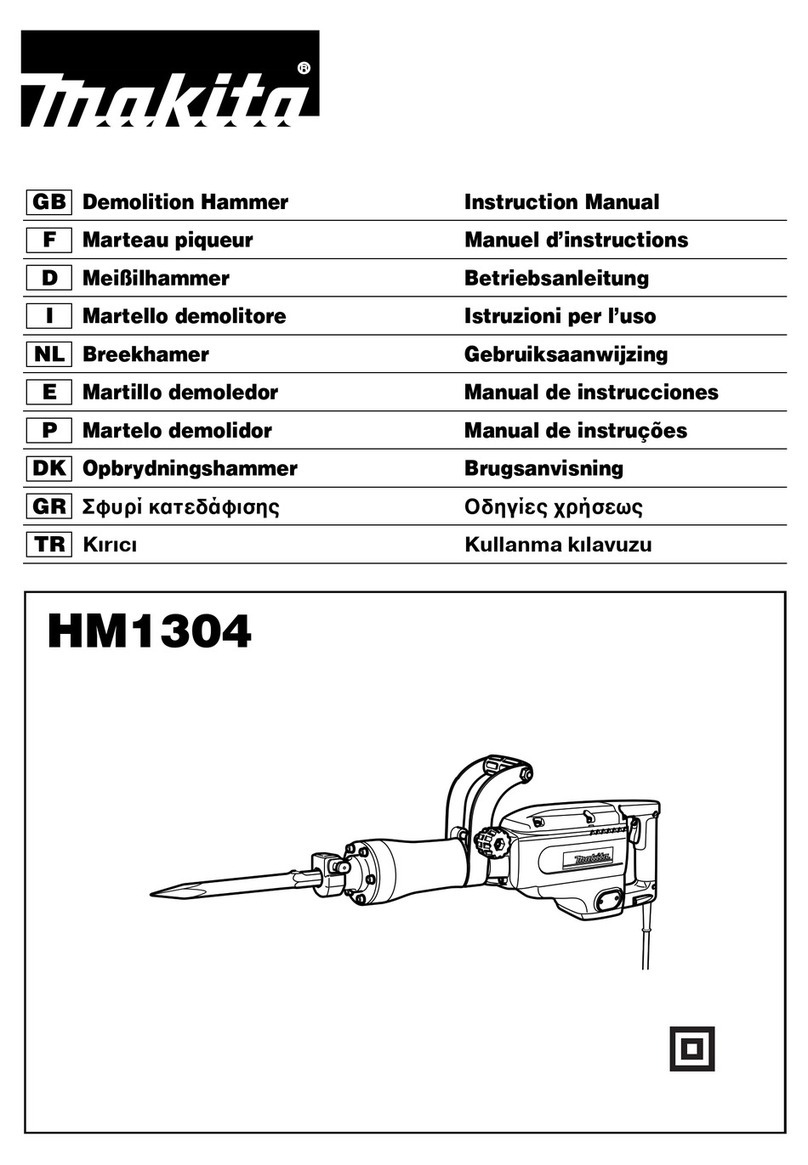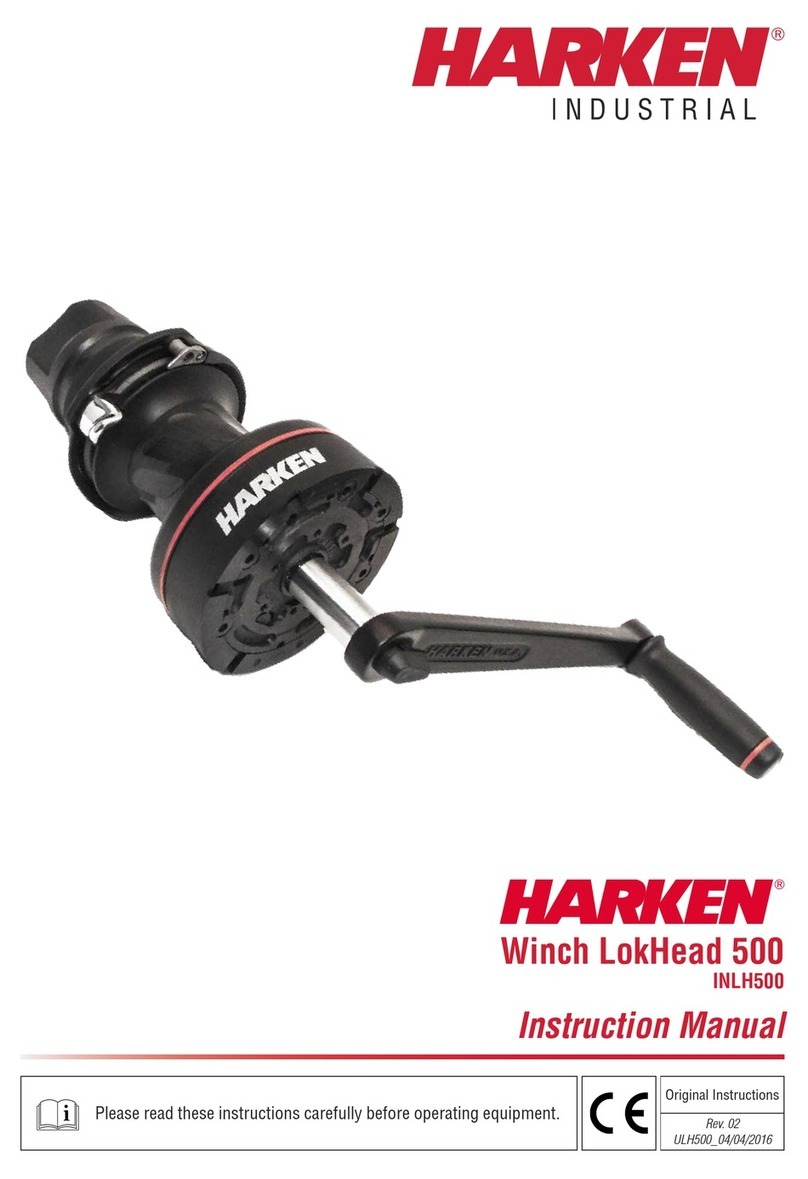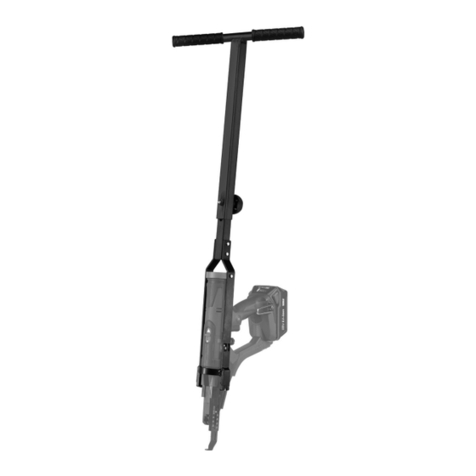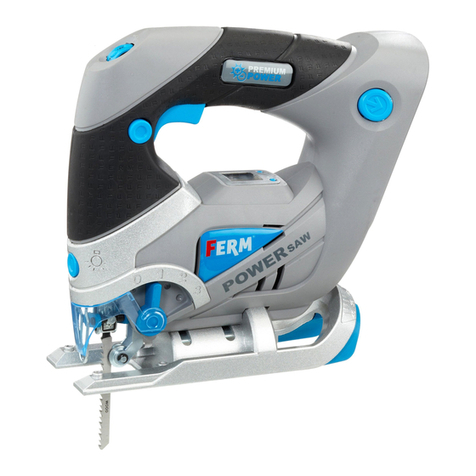
3
932 Power downfeed option 4-16-18 V1 Copyright © 2018 Quality Machine Tools, LLC
from the lever hub.
4. Rotate the depth collar clockwise as far as it will go (it
should indicate approximately 5 inches). When the depth
collar clamp lever is re-tightened, this will dene the quill’s
end stop.
5. Re-tighten the depth collar clamp lever.
6. Unlock the quill. While observing the DRO reading, raise
and lower the quill a few times to be sure the quill stops at
the desired end point.
Fine feed
For surfacing and other milling operations calling for precise
tool depth increments, use the ne control handwheel.
With the spindle stationary, set the Power Feed En-
gage and Feed Rate Selectors to OFF.
1. Tighten the Z-axis locks.
2. Loosen the downfeed lever stop screw to free the down-
feed levers.
3. Pivot the levers outward, testing for gear engagement as
you go (jiggle the levers as necessary to fully engage — no
gap between lever and its slot in the lever hub).
4. Lower the quill to the desired depth by rotating the ne
control handwheel clockwise (only).
5. Tighten the quill locking lever.
Note: Use the graduated dial on the ne control handwheel
for guidance only. It has 120 divisions of approximately 0.002”.
Use the DRO for precise downfeed control.
In Figure 4 a previously drilled hole is to be enlarged using a
single point boring tool. What follows is one of several possible
procedures.
1. With the quill fully retracted (1), lower the headstock to
bring the cutting tool just clear of the upper surface of the
workpiece.
2. Lock the Z-axis.
3. With the cutting tool inboard of the drilled hole, lower the
quill by hand to the desired end point for the tool (2).
4. Lock the quill, then set the depth collar to zero.
5. Tighten the depth collar clamp lever.
6. Release the quill locking lever, allowing the quill to retract
fully, position (1).
7. Is the SPINDLE STOPPED? Select a Feed Rate, then
set the Power Feed Engage knob to ON. Jiggle the spin-
dle and Fine Control by hand to ensure the power feed is
properly engaged.
8. Stay clear of the Fine Control knob — this will rotate
when the spindle runs.
9. Turn the spindle motor on, forward direction (F) only for
power feed.
10. Pivot the quill downfeed levers outward, feeling for gear
engagement as you go (jiggle the levers as necessary to
fully engage – no gap between lever and its slot in the
lever hub).
11. The quill will now descend under power until "0" on the
depth collar approaches the scale datum, at which point
the quill will retract rapidly to position (1) unless — recom-
mended — it is restrained by light pressure on the down-
feed levers.
Stop the spindle before touching the Power Feed En-
gage or Feed Rate Selector knobs
Key points to remember, referring to Figure 3:
• The Feed Rate selector knob can be turned either clockwise
or counter-clockwise to the OFF setting, but not beyond —
go back the other way instead.
• The graduated depth collar is free to rotate on the downfeed
lever hub only when the depth collar clamp lever is loose.
• When the depth collar clamp lever is tightened, the collar is
driven by the lever hub.
• The downfeed lever hub is full-time connected to the quill
pinion.
• Pivot the quill downfeed levers inward to control the quill by
hand, drill-press style.
• Pivot the levers outward to move the lever hub under pow-
er. Prevent premature disengagement by light outward
nger pressure on one of the levers.
• The lever hub automatically disengages from the power
feed — levers pivot inward — when the zero line (0) on
the depth collar nears the scale datum. At this point the
quill will reverse ABRUPTLY by spring action unless re-
strained by light nger pressure as noted above.
USING THE POWER DOWNFEED SYSTEM
Figure 4 Hole boring with power downfeed
Power downfeed example

